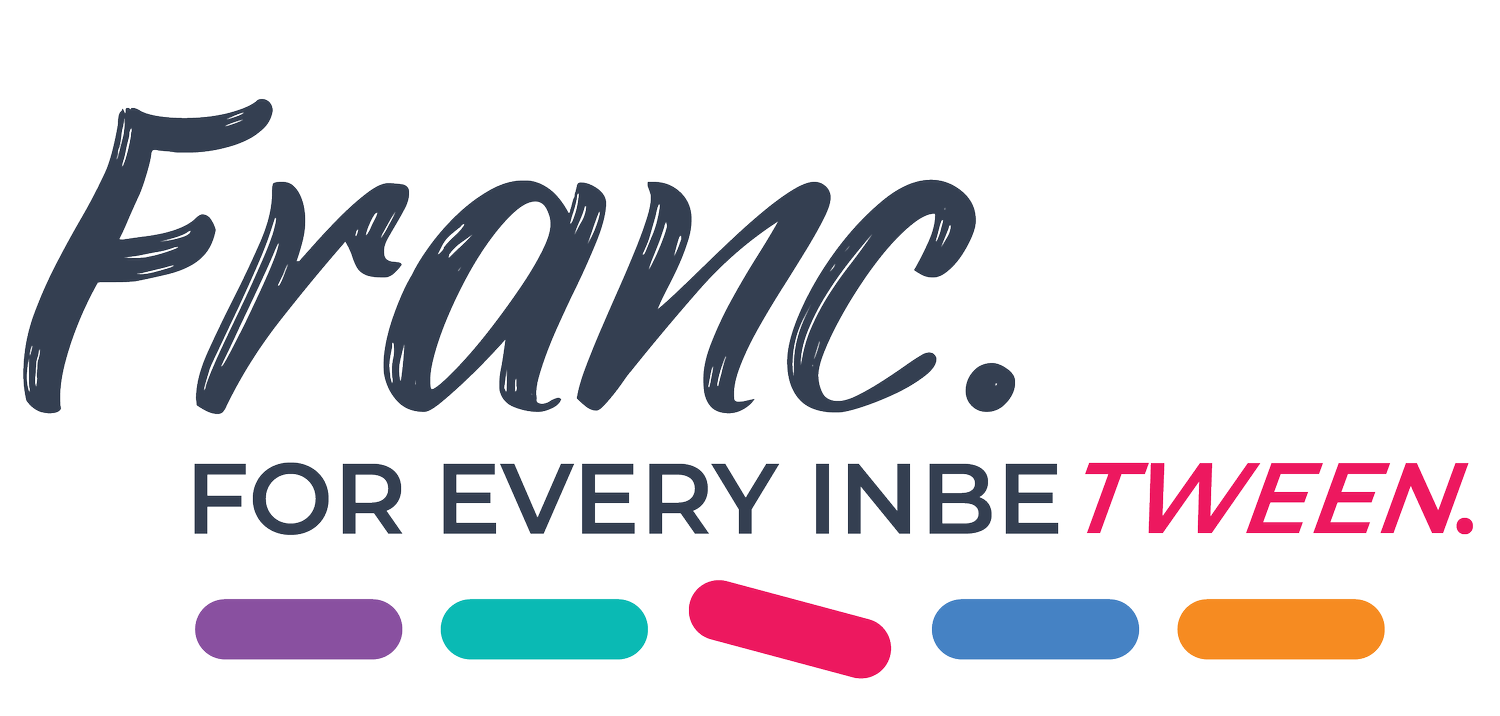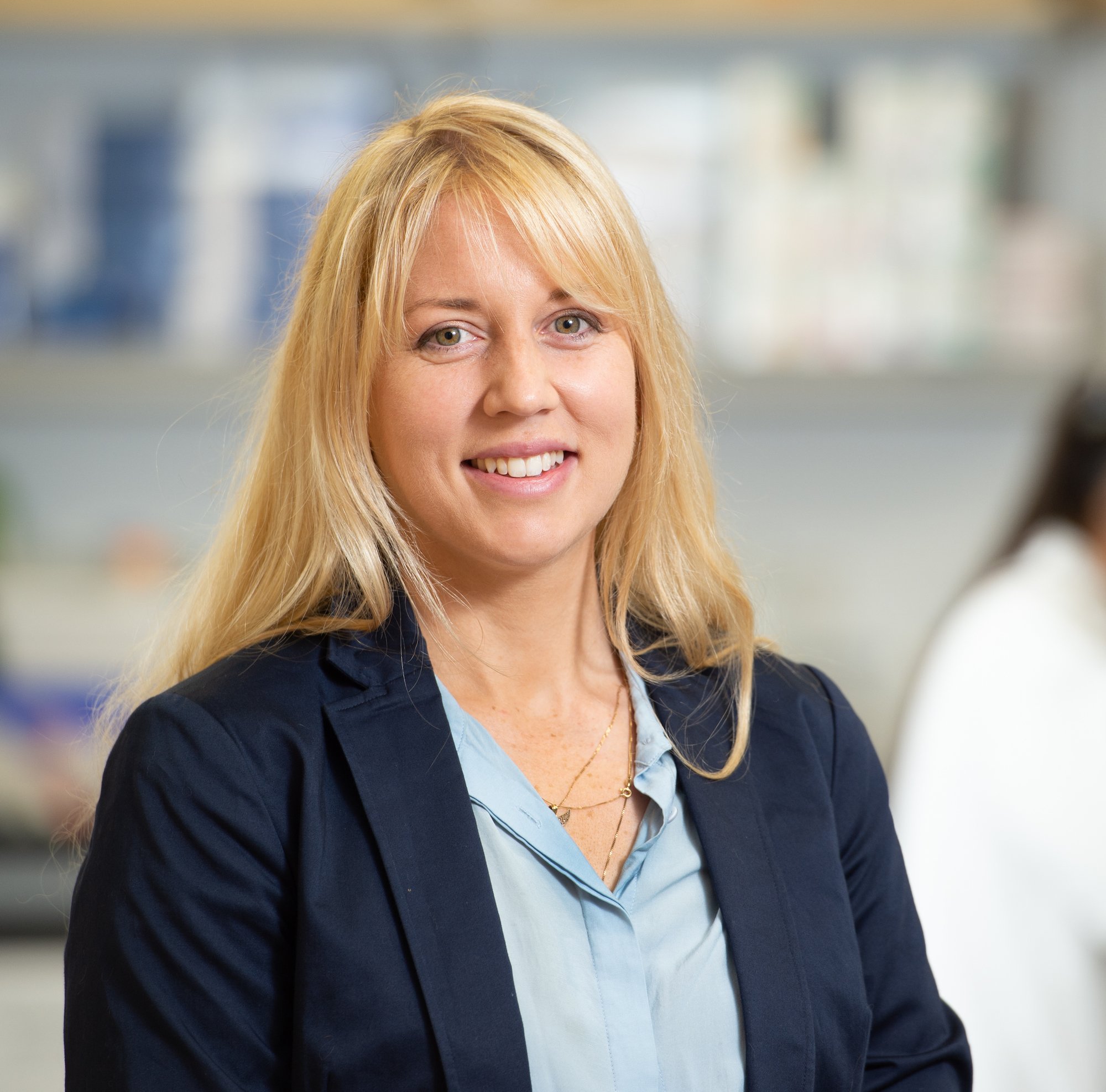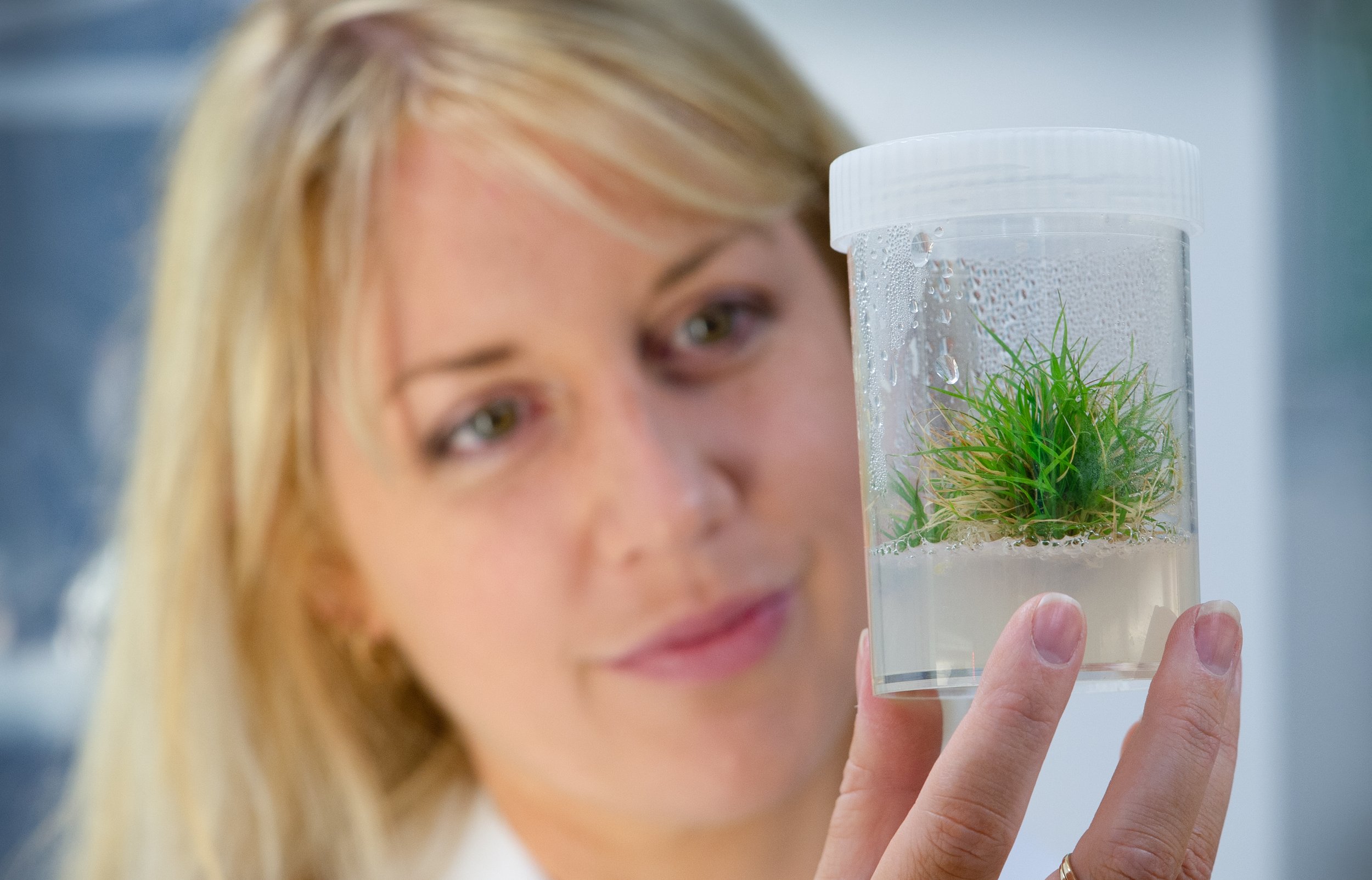Entrepreneur: Lauren Fell
Lauren Fell. Lauren Fell's journey from psychology to the space industry began with her success in several NASA engineering design challenges. As a co-founder of Lunaria One, a space start-up with a mission to send plants on the moon with active public involvement, Lauren embodies a unique fusion of psychology, inventiveness, and entrepreneurial spirit.
Currently an Associate Lecturer at Queensland University of Technology, Lauren's passion for pushing the boundaries of space exploration and education is evident in her interdisciplinary PhD research, which delves into a quantum cognitive theory of intuitive trust, integrating physics, psychology, and technology.
You have a ticket onboard a commercial Lunar Lander travelling to the Moon’s surface in early 2026. The ALEPH-1 (Australian Lunar Experiment Promoting Horticulture) payload includes a set of seeds and plants carefully selected to withstand the conditions present on the transit to the moon, as well as on the surface.
Can you tell us how this opportunity came about?
It actually arose out of conversations with kids. We had an opportunity to propose a scientific payload to fly to the moon, and we asked people, including children, what they would like to see sent up there. A common answer that came back to us was “I want to see something grow up there”. When we thought about it, we realised that this showed a very human desire to see things grow and thrive in barren places. And there are not many places more barren than the surface of the moon!
Were you always fascinated by space as a child?
Of course! There’s something so foreign and mysterious about space, and I remember being so curious about all the things that we don’t know. There are so many discoveries to be made, and I always dreamed of being part of that discovery.
Your company Lunaria One is focused on creating a sustainable future; how important is this work to you?
It’s very important. We are living on a planet that has a very unique set of conditions that allow life to thrive. It’s so rare in the universe, and we have a duty to protect it as best we can. In testing plant growth in an extremely hostile environment such as the moon, we have the opportunity to learn more about how we can protect plants we use for oxygen, food and well-being from the increasingly harsh conditions here on Earth.
What are your day-to-day responsibilities in your role?
In Lunaria One, A large part of my role is managing the relationships between our biology and engineering teams to ensure the best chance of success. The biology team and engineering team both have constraints and challenges that they need to work with, and sometimes these compete with each other. With a broader overview of how the parts of the project fit together, I can help these teams work together so that our plants will be protected on the trip to the moon and have the best chance of growing once they get there. I also lead the outreach on the project, so I get to hear from a lot of different people who have great ideas and passion to be involved in the project.
Tell us about your educational background and pathway to this role?
I really enjoyed physics and building things when I was in high school, and thought about engineering or physics as a career pathway, but didn’t enjoy maths so figured this wouldn’t be the path for me. I instead went into a degree in psychology, because I enjoyed helping people through problems. However, engineering and physics still found me after all. After I graduated, I wondered if there might be a way to combine physics and psychology, and found a researcher at QUT who literately wrote the book on a theory that combined quantum physics and psychology. He is now supervisor of my PhD. Along the way, I also started participating in NASA’s crowdsourced challenges, and found that having a non-engineering background gave me an edge through the unique perspective I could bring to these challenges.
Involving school students in your project is awesome! What materials and resources are you working to provide?
Our main activity will be when we launch in early 2026, and this will involve distributing kits to schools and individuals so that students can participate in control conditions of our lunar experiment, collecting data on seed growth on earth to compare with how our plants grow on the moon. However, 2026 is a little while away, so in the leadup, we are planning a range of activities to support our biologists and engineers in solving challenges this project presents. For example, testing and contributing ideas on how we can best secure seeds and plants during launch while also promoting germination and growth.
What is the process involved in selecting the right plants and seeds for the project?
This is a great question. There are a lot of things to consider, and we have our biology team working on this at the moment. For example, when we land on the surface of the moon, we only have about 72 hours to collect data on the growth of these plants in our chamber, so we have to find seeds that germinate very quickly, which narrows down the list. We also need species that can survive temperature extremes and can survive in a dormant state for a long period while we await the launch. Some very interesting species have been identified so far, for example, plants called resurrection plants that can lose almost all their water, but ‘come back to life’ when water is reintroduced. I’m sure we all have some house plants that we wish could do that!
What does this project mean for the future of astronauts inhabiting the moon and beyond?
Well it’s a small initial step to one day having plants for astronauts to eat and enjoy in a future habitat on the moon. We use plants for so many important things here on Earth like oxygen, food and to improve the places we live for our mental wellbeing. It’s important that we provide our pioneering astronauts these benefits too. Space often requires small steps, as every step requires a lot of effort. But if we take enough steps in the right direction, we can achieve amazing things.
How do you ensure sustainability and minimise our impact on the moon's environment?
This mission is a harsh environment, so we need to build in a lot of protection for any living thing we send up there. Fortunately, this works both ways. Our seeds and plants will be protected in a small canister that will sit on a lunar lander. This will be designed to withstand pressure, vibration and radiation, and as such will also prevent contaminating the moon with the contents of our payload.
How would you inspire younger generations to pursue careers in space exploration and moon missions?
The biggest lesson I’ve learnt in my journey towards the space industry is that it is for everyone. You don’t have to be great at maths, or be very technically minded, or live in a particular country in order to have a career in space. When I was younger, I always believed that I had to be in America and have an engineering degree to have any chance of being involved in space exploration. However, with the industry taking off in Australia (pun intended!), and the increased recognition of the value of diversity and inclusivity in innovation and exploration, now is the best time to get involved!
Franc’s Fast Five
Favourite late-night snack? I do love a bag of chilli flavoured chips!
Best holiday destination? Nice. The people are friendly, the food is amazing and the scenery is stunning!
What are you currently reading? The Case Against Reality, Donald Hoffman. It’s an interesting book about how we perceive the world and whether our senses give us an “accurate” picture of reality.
Do you love a plan or spontaneity? I think a bit of both. I like to have a plan, but have the freedom to diverge from it.
Favourite space fact? Gravity affects how plants grow. Like us, plants use gravity to determine up and down. On Earth, up is where the sun is and down is where soil and nutrients tend to be, so plants have adapted accordingly. In experiments conducted on the International Space Station, the lack of gravity affects how leaves and roots form in an interesting and unique way.





